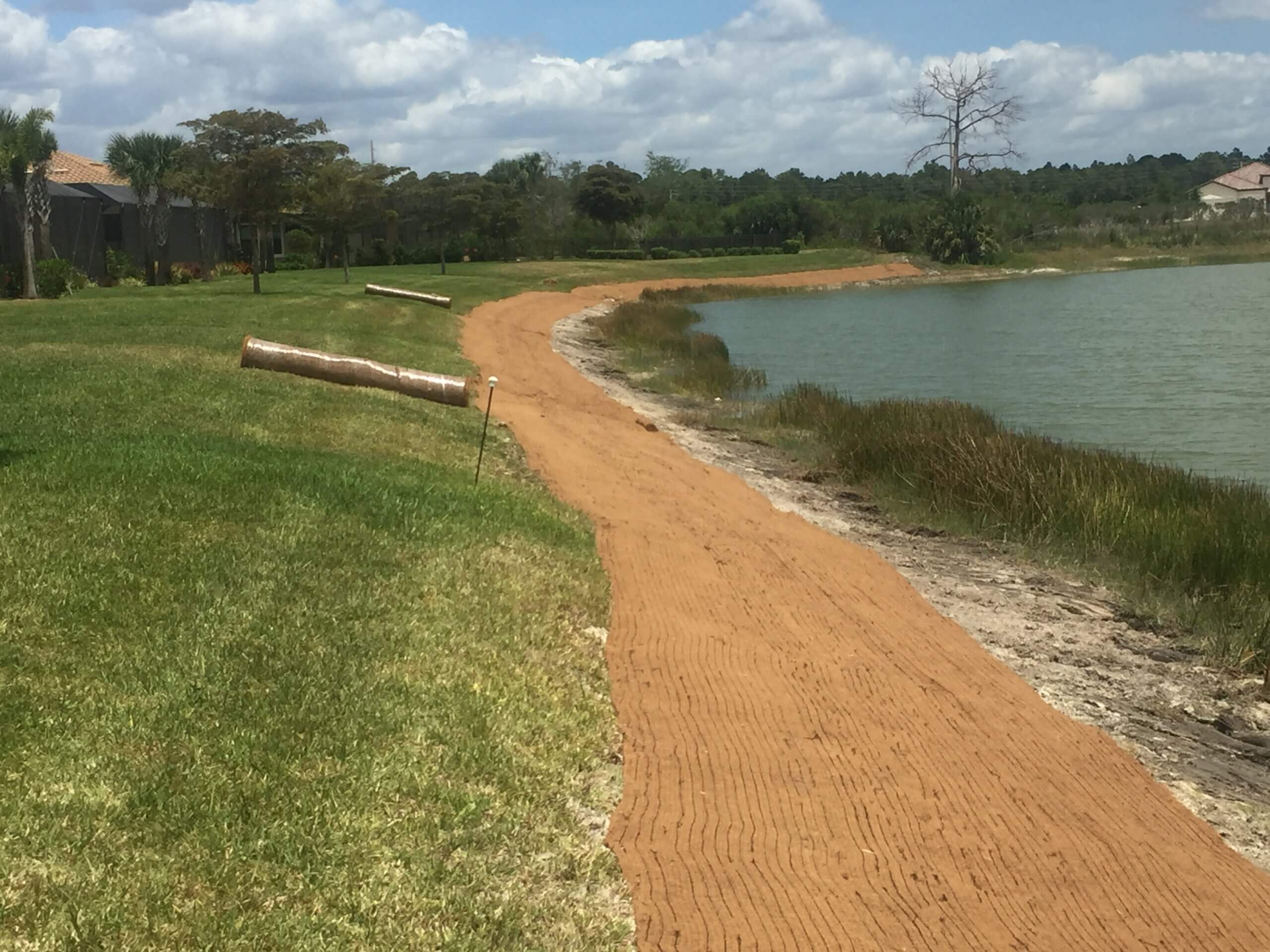

The cost of dredge projects are driven by the amount of accumulated material that needs to be removed. Sediment surveys are essential for establishing a baseline for future monitoring and obtaining dredge cost estimates.

This is important in this day and age of West Nile and Zika viruses. And lastly, mosquito larvae are more likely to survive in shallow, stagnant areas with little or no water movement. In extreme cases, sedimentation elevates the risk of urban flooding by reducing the storm-water holding capacity of the pond. Heavy sedimentation also increases the likelihood of fountains and submersible pumps getting clogged increasing long term maintenance and repair costs. This reduces sunlight penetration to the bottom where algae and aquatic weeds begin their growth. Maximum depths should be a minimum of 8-10 feet. A general rule of thumb is that ponds should reach 3-4 feet deep as quickly as possible from the shoreline. It creates optimum conditions for the growth of algae and aquatic weeds.

Sedimentation can be detrimental in several ways. The end result of renovation is reduced management costs, better water quality, and a more aesthetically pleasing resource. If done correctly, pond dredging will remove most of the excess nutrients (phosphorus and nitrogen) accumulated in the pond bottom. How pond dredging can lower costs long term This process called eutrophication is accelerated by landscaping practices and over-fertilization within the watershed. Organic sediment is created by the annual growth and decay cycle of algae, aquatic weeds, fallen leaves, and grass clippings. The accumulation of organic “muck” also contributes. Most of this material ultimately ends up in the nearest pond or canal. Therefore, reserve funds should always be set aside for pond renovation, including pond dredging.ĭisturbed soil is carried by storm-water runoff across surfaces such as rooftops, streets, and parking lots. In fact, all urban water bodies have a tendency to fill in with time and become dry land. Is your pond getting shallow? Accelerated sedimentation is one of the most common problems in storm-water ponds.


 0 kommentar(er)
0 kommentar(er)
